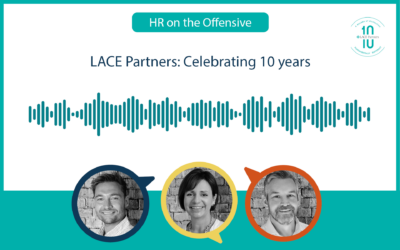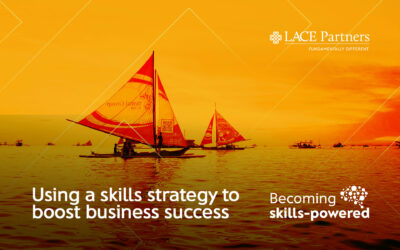It wasn’t long ago that Virtual Reality (VR) and Augmented Reality (AR) were perceived as being just for gamers. Despite these technologies revolutionising training within the fields of engineering and medicine, many of us still don’t see how VR and AR will affect us day to day in the office. Well hold on tight – they’re coming your way.
For many of us, our first or only taste of mobile AR was with Pokemon Go. It gripped the imaginations of kids and adults alike, proving the power of immersive tech. Play aside, how can VR and AR change the face of work? Here’s how:
Transforming collaboration
VR and AR allow colleagues to collaborate in highly realistic virtual or virtually augmented environments. These immersive spaces bring a realism and versatility to exchanges with others, offering something far richer than tele-conferences and Skype calls.
Opening the doors
These new technologies also enhance access for people whose disabilities or caring responsibilities mean they can’t get into the office day-to-day. If you’re in a listed building which can’t be adapted and want to take your Equalities Act responsibilities seriously, just as you should, virtual mediums may be for you.
Effective use of VR and AR could help you tap into a wider talent pool for your company. Alex Barker from UK charity AbilityNet says VR and AR are going to be useful, and many companies are starting to make good use of these tools.
Boosting human-computer exchanges Interaction is constantly improving. Tech companies are on a mission to make human-computer exchanges feel more natural, and more meaningful. The use of synchronised voice recognition and eye tracking has made all the difference. These innovations have helped expand VR and AR training beyond market research and medical and manufacturing simulations, making virtual training possible, and worthwhile, for office workers too.
Many companies are now beginning to use VR as a communication medium. Some are using headsets equipped with immersive talks and demonstrations. And some are launching apps to promote their products. International hotel brand Marriott’s recent partnership with Framestore VR Studio and Relevant is an exciting example of this kind of activity. They toured eight US cities, using Oculus Rifts, heaters and wind jets to transport users to foreign locations. The stunt offered consumers something new, and helped position Marriott as creative and progressive.
Marketing teams – you can expect to see much more of this tech within the next few years. As a sign of what’s to come, social media companies are quickly acquiring eye-tracking technology companies, to augment their emerging VR and AR offerings.
Things are hotting up
Conferences and team building days are being revolutionised. With VR and AR, it’s possible to host talent from various locations, with everyone feeling connected. You can ‘get everyone in the same room’ without costly, time-consuming and environmentally damaging air travel. With companies such as AltspaceVR gaining clients like Bank of Ireland, this tech is becoming increasingly mainstream.
What else is going on? Here’s a quick round-up:
Headset developers Oculus (now owned by Facebook) recently filed a patent for AR smart-glasses which can superimpose objects onto users’ real-world view. These could work alongside headsets to maximise the immersive experience. With Facebook already having launched Spaces, where users can socialise in an interactive virtual environment, the potential for business usage is only set to increase.
Google is said to be reviving its Glass project, too. This time, the focus will be on business use, augmenting users’ vision as they work. This same tech could easily be used to support conference or presentation attendees, or indeed face-to-face coaching, allowing people to engage more deeply and richly with the content.
The possibilities are endless, and they’re enlivening workplaces right now.
LACE Partners can help you navigate the brave new world of VR and AR. To discover how these new technologies could benefit your business, please email info@lacepartners.co.uk
Further reading
How closely are you looking at AI for your HR team (you probably should…)?
What is a HR tech roadmap and why should it shape your 2020 strategy?






